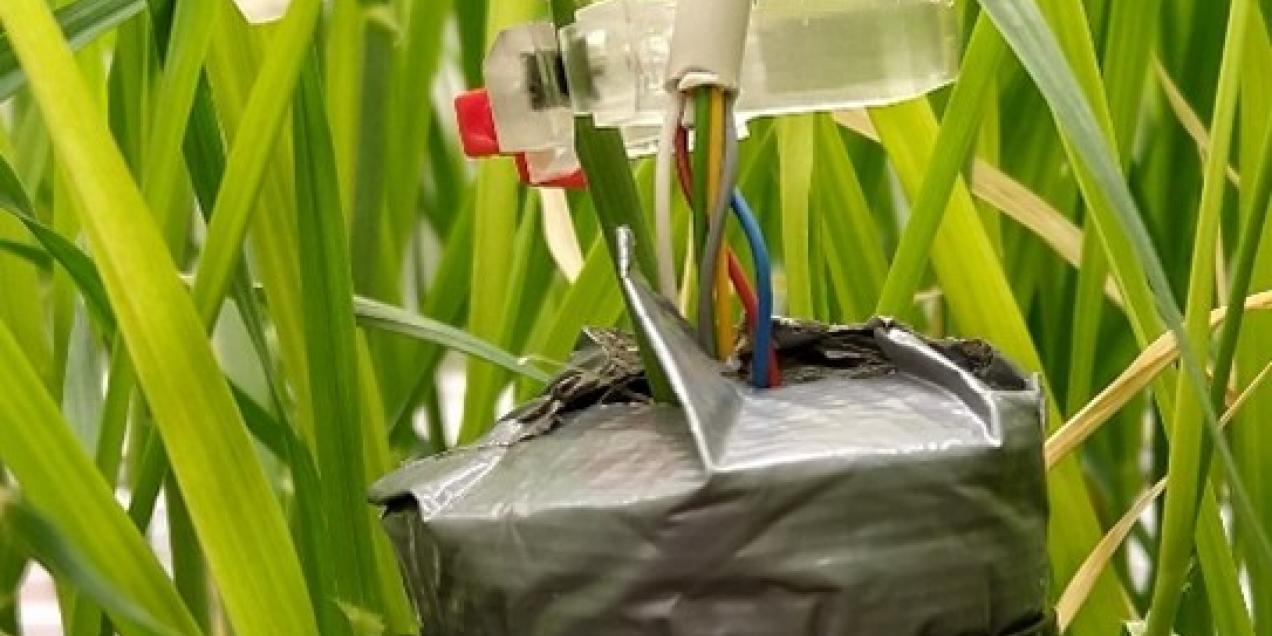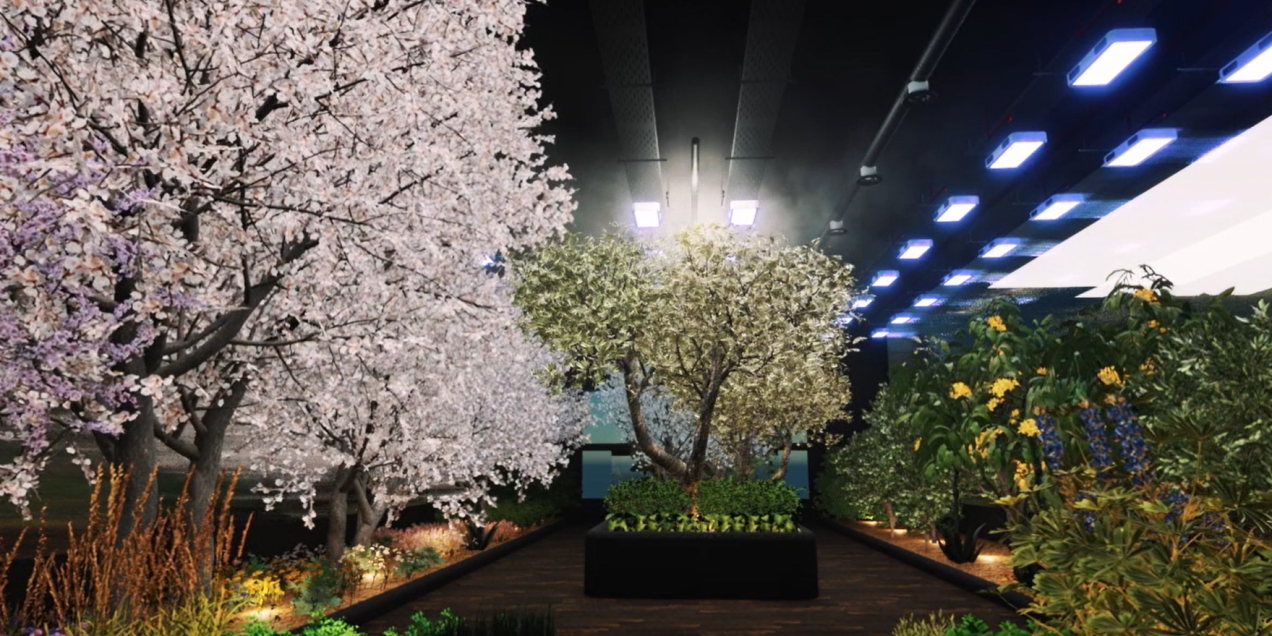The Basics of Biochar
Absolutely flabbergasted by the term ‘biochar’? Read this article to get to know the basics of biochar, and its implementation within the SpaceBakery project.
Defining biochar
We can all imagine charcoal, left in a fire basket after a cosy night with a bonfire and friends. You could compare biochar with charcoal. Made from organic waste streams (such as wood, green waste, manure…), biochar is a solid, black product. It is produced using a technique called pyrolysis, where the organic material is chemically cracked in the absence of oxygen. This way, the present carbon is sequestered in the solid biochar matrix. Alternatively, during the regular burning process (lighting your bonfire or barbecue), the carbon is lost to the formation of carbon dioxide, one of the greenhouse gasses related to global warming. This is why biochar and charcoal differ so greatly. The amendment of biochar in soil or other growing media can have several advantages. It can release nutrients to the growing medium, mediate pH, improve water retention, and even capture toxic metals.
If biochar is such a promising product, why does it still need investigation?
If all types of biochar would have all the aforementioned advantages, a lot of scientists would be out of a job. In literature, as well as from our own experience, we see that some biochars work beneficially for plant development and growth, while others don’t. This is an unfortunate given, yet in a way also very logical, as the product depends largely on both the input materials and the pyrolysis process. For example, the structure of tree bark compared to that of manure differs greatly. Also, the pyrolysis conditions (temperature, duration…) also affect the product. Resulting biochars can therefore end up with strong differing characteristics, which are not necessarily beneficial (nor detrimental) for plant development. However, if biochar is not explicitly beneficial for plant growth, it could still be beneficial for soil water retention or metal immobilisation.
What makes biochar important for the SpaceBakery project?
During this project, we want to investigate whether wheat residues (everything that is left after harvesting the grains for baking bread) can be used to produce biochar with beneficial characteristics for plant development. The input material (wheat straw, wheat chaff or a combination), as well as the pyrolysis conditions can make a difference in the effect of our wheat-based biochar on plant growth and development. When we find suitable production parameters to produce a biochar that fulfils our needs, it will be implemented in the SpaceBakery set-up to improve the cultivation of wheat. How much biochar can we add? In which way should this be done? These are questions we hope to answer within this project. Simultaneously, SCK-CEN investigates the integrative use of biochar and microorganisms in function of optimizing the wheat cultivation with the available resources.
Take home message:
Research into biochar has a lot of applications next to baking bread on Mars. If there is one thing we would like you to remember from reading this article, it’s about the unique characteristics of biochar that can have a lot of advantages, but the key concept is often the same: biochar is a tool to recycle organic waste streams to valuable resources.
Do you have some burning questions on biochar and its applications? Check the website of the BASTA-project, coordinated by Hasselt University.
Related articles
- 20 May '22
 03 September '21
03 September '21 30 June '21
30 June '21
